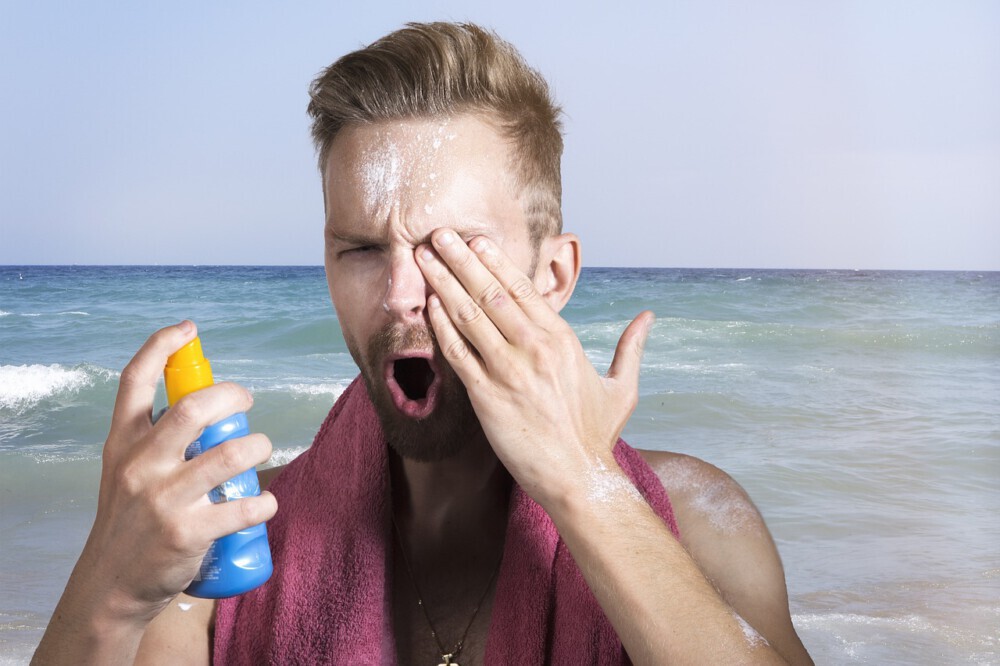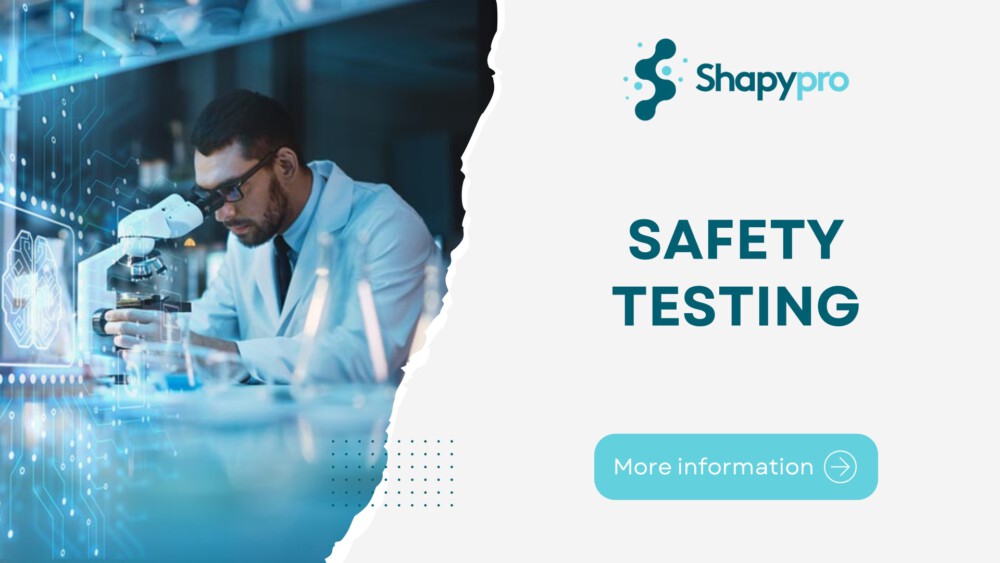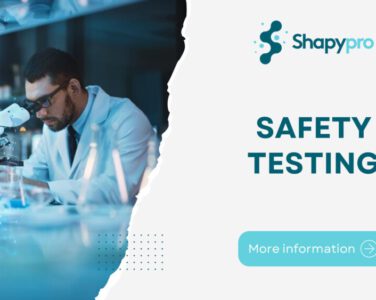SHAPYPRO carries out studies and clinical evaluations of safety testing on cosmetics within the framework of the requirements of the European Regulation on Cosmetics CE 1223/2009 of November 30, 2009 and the European Regulation EU 655/2013 of the Commission, of July 10, 2013, which establishes the common criteria to which claims relating to cosmetic products must respond, respectively.
Why conduct a In vivo safety test?
- Validated or innovative efficacy assays to support your cosmetic claims.
- Screening active ingredients, and characterize the efficacy of your cosmetic formulations.
- Customized service for special requirements on your efficacy or safety tests.
Types In Vivo Safety Testing
- PATCH TEST (Skin Compatibility Test):
- Purpose: To assess skin compatibility and potential allergic reactions.
- Method: A small amount of the cosmetic product is applied to a patch, which is then placed on the skin (usually on the back). The patch remains in place for 48 hours, and any skin reactions are observed.
- Use: Identifies contact dermatitis or skin irritation caused by the product.
- OPEN TEST (Skin Compatibility Test):
- Purpose: Similar to the patch test, but the product is applied directly to a small area of the skin (such as the inner forearm).
- Method: The product is applied, and any skin reactions are monitored.
- Use: Evaluates immediate skin reactions.
- ROAT (Repeat Open Application Test) (Skin Compatibility Test):
- Purpose: To assess cumulative skin irritation.
- Method: The product is applied repeatedly to a specific area (usually the forearm) for several weeks.
- Use: Determines if prolonged use leads to skin irritation.
- USAGE TEST (Skin Acceptability Test):
- Purpose: To evaluate overall acceptability of a cosmetic product during regular use.
- Method: Participants use the product as intended, and any adverse effects are recorded.
- Use: Assesses real-world safety and acceptability.
- NON-COMEDOGENICITY TEST:
- Purpose: Determines if a product causes comedones (blackheads or whiteheads).
- Method: Participants apply the product to their face, and comedone formation is assessed.
- Use: Relevant for skincare products, especially those labeled as non-comedogenic.
- FINAL CLINICAL SAFETY TEST (TCFS):
- Purpose: Comprehensive safety evaluation of the finished cosmetic product.
- Method: Involves various tests, including skin compatibility, eye irritation, and other relevant assessments.
- Use: Ensures overall safety before market release.
- SKIN SENSITIZATION TEST (Formerly HRIPT):
- Purpose: Identifies potential allergens in a product.
- Method: A group of volunteers is exposed to the test substance under controlled conditions.
- Use: Determines if the product causes allergic reactions.
- PHOTO IRRITATION AND/OR PHOTO SENSITIZATION:
- Purpose: Assesses whether a product causes adverse reactions when exposed to sunlight or UV radiation.
- Method: Volunteers are exposed to UV light after applying the product.
- Use: Relevant for sunscreens and other sun-exposed products.
If you are interested in evaluating the safety testing of your products, ask us without obligation.
CONTACT US


